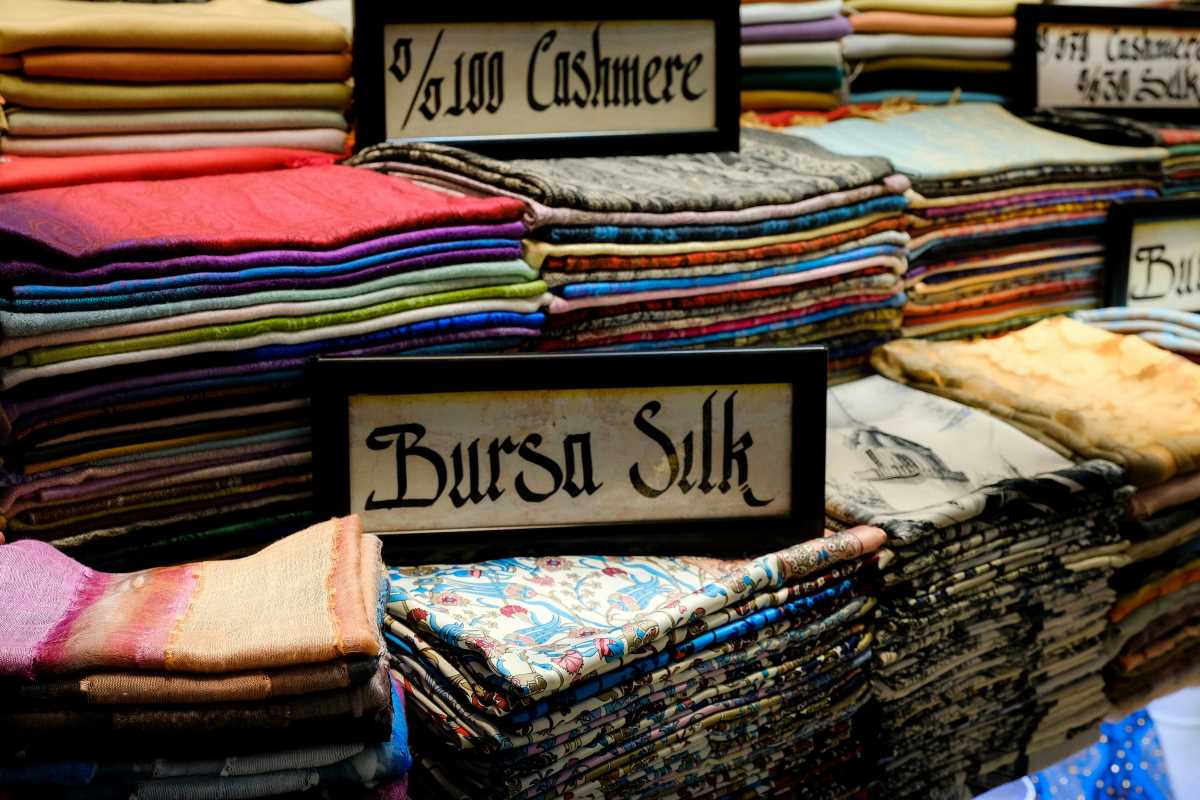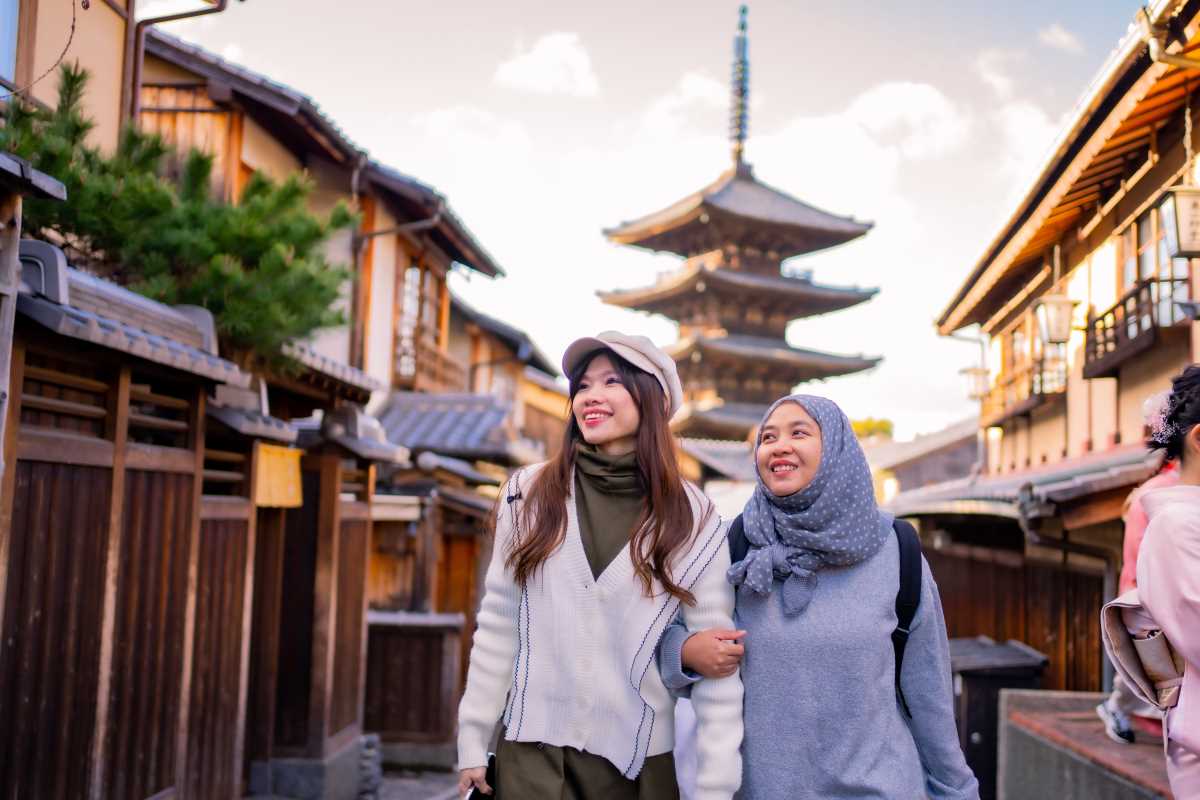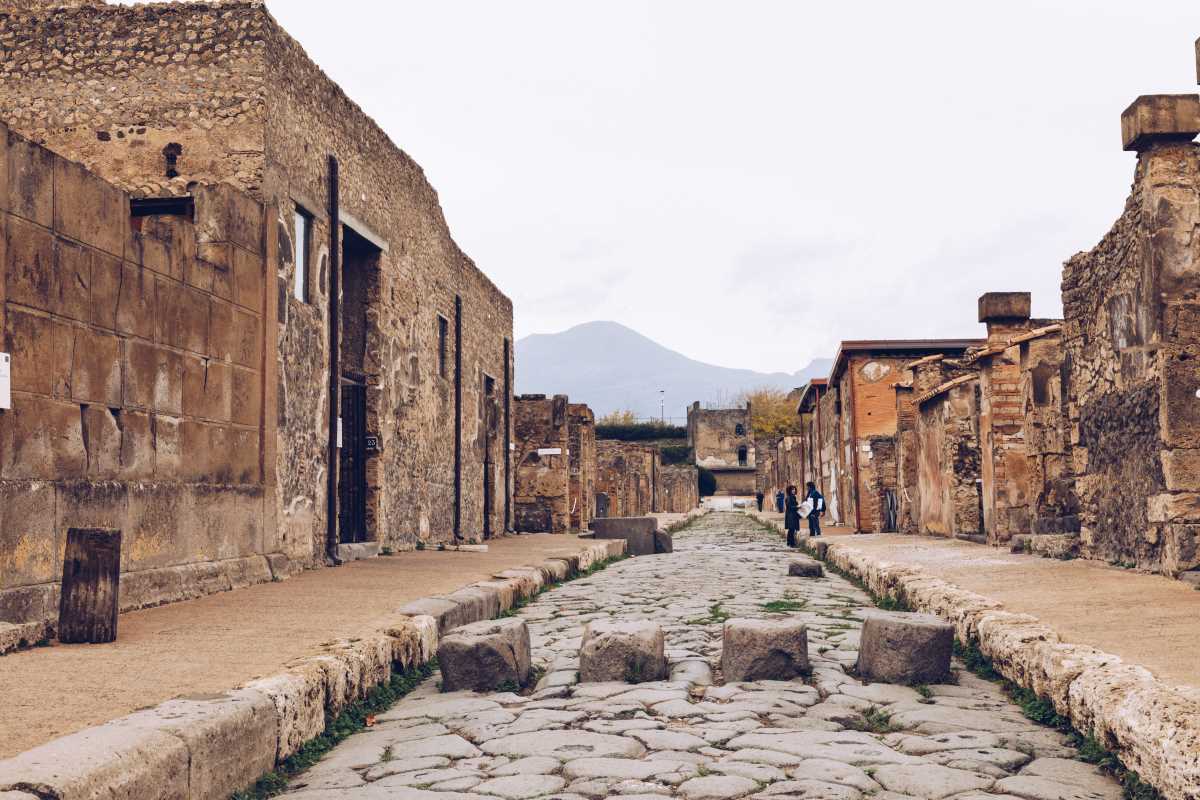Strolling up to a woven stall, you notice the interplay of colorful threads that reflect generations of skill and tradition. Each piece on display holds a story, woven with care and attention, inviting you to appreciate its unique character. These textiles deserve more than a hasty purchase and careless packing; they call for respect and consideration. To keep their patterns vivid and their fabric intact, choose and pack each shawl, tapestry, or garment with care. This way, every item returns home just as beautiful as when you first found it, ready to share its heritage wherever you display it.
Around the world, artisans embed regional techniques into every knot and dye. These textiles feel alive under your fingertips, and preserving that tactile energy demands specialized care. By adopting techniques grounded in textile behavior, you’ll travel lighter on worry and bring home cultural artifacts intact.
When you scout local fairs, pause before loading your bag and consider how each fold, wrap and support layer will protect the delicate weave of regional textiles from abrasions and moisture during transit.
Protecting Cultural Threads
Every pattern is rooted in a lineage of ancestral techniques that deserve respect. Humidity, friction and pressure threaten handwoven or hand-dyed pieces the most. Handling carefully at the moment of purchase sets the tone for their journey home.
Start by observing fiber types—silk requires different treatment than coarse cotton or alpaca blends. Remember that natural dyes can bleed when exposed to moisture. Identify structural weak spots like border fringes or embroidered motifs.
Store each textile in breathable wraps instead of tight plastic; spills can saturate fibers, while sealed environments trap humidity and invite mold. Unfold and inspect your find as soon as you can, so you notice loose threads before they snag. These extra seconds of attention pay off in keeping the original shape and color intact, ensuring the story woven into every inch remains authentic.
Packing Essentials for Preservation
- Acid-Free Tissue Paper for Moisture Control and Shape Preservation
- Steps:
- Lay a full sheet on a flat surface.
- Place textile flat, then wrap edges.
- Store wrapped cloth inside a protective pouch.
- Cost/Availability: Under $15 for 100 sheets (online or art supply shops).
- Insider Tip: Tuck small paper balls into rolled edges to prevent creases and crushing.
- Steps:
- Compression-Free Rolling Method to Minimize Creases
- Steps:
- Roll along the warp direction (parallel to woven threads).
- Lay tissue-wrapped textile flat, pin one edge, then roll tightly but gently.
- Secure with a soft cotton strap or Velcro band.
- Cost/Availability: Straps ~$5, found in sewing kits.
- Insider Tip: Insert unbleached muslin between wraps to reduce friction.
- Steps:
- Breathable Cotton Travel Bags for Outer Protection and Airflow
- Steps:
- Slide rolled textiles into a lightweight cotton or linen drawstring pouch.
- Use a gusseted bag for extra space and ventilation.
- Cost/Availability: Under $10 from artisan cooperatives or as repurposed laundry bags.
- Insider Tip: Label each bag with cloth-safe tags for easy identification mid-trip.
- Steps:
- Soft-Sided Padded Inserts to Shield Against Impacts
- Steps:
- Choose foam or neoprene inserts (camera/electronics type).
- Trim inserts to match textile roll length.
- Line carry-on compartment with inserts—dense at corners, softer along central panels.
- Cost/Availability: ~$20 at outdoor or camera shops.
- Insider Tip: Strategic padding guards against drops and sudden shifts.
- Steps:
- Humidity Indicator Strips to Monitor Moisture Levels
- Steps:
- Place an indicator strip inside each cotton pouch.
- Check for magenta color (signals high humidity).
- Replace or air-dry contents if humidity is high.
- Cost/Availability: ~$8 for 5 strips (photography supply stores).
- Insider Tip: Pair with silica gel packets to actively draw away excess moisture.
- Steps:
Select the Right Carry-On and Luggage Inserts
Choose a carry-on with a wide, flat front compartment or a garment sleeve instead of wedging textiles between clothing. A front-loading design prevents sudden shifts when you open or close your bag. Seek compartments lined with smooth fabric to avoid snags.
Complement your suitcase with custom-cut foam around rigid walls. Foam with varying densities creates a supportive effect; firm foam on the outside walls resists impact, while softer foam near the roll cushions the weave. If you prefer a backpack, pick one with a U-shaped zipper opening that lets you lay out the contents flat without bending the roll.
Fixing Common Problems
- Spot of Moisture on Natural Dye
- Gently dab with a white cotton cloth (do not rub).
- Fully unwrap and air-dry in a shady spot.
- Rewrap with fresh tissue paper to prevent dye migration.
- Fringe Tangles from Shifting
- Lay the textile flat.
- Mist lightly with filtered water.
- Use a wide-tooth comb or soft brush to realign threads.
- Let each side dry fully before rolling again.
- Slight Odor from Local Storage
- Unroll on a clean, ventilated surface for several hours.
- Brush both sides with a lint-free cloth.
- Place activated charcoal sachets in your bag to neutralize lingering smells.
- Unexpected Crease Lines
- Lay the piece flat on a bed.
- Cover with a damp white towel.
- Press with a low-heat iron through the towel.
- Keep the iron moving along the weave to protect loose threads.
- Color Transfer on Nearby Cloth
- Isolate the affected textile.
- Spot-treat stain edge-first under running cool water.
- Apply a mild textile conditioner if available to restore pliability of handwoven fibers.
Careful selection, rolling, and packing preserve each handwoven garment’s heritage and texture. This ensures every piece from Weave remains vibrant and crease-free on arrival.
 (Image via
(Image via





